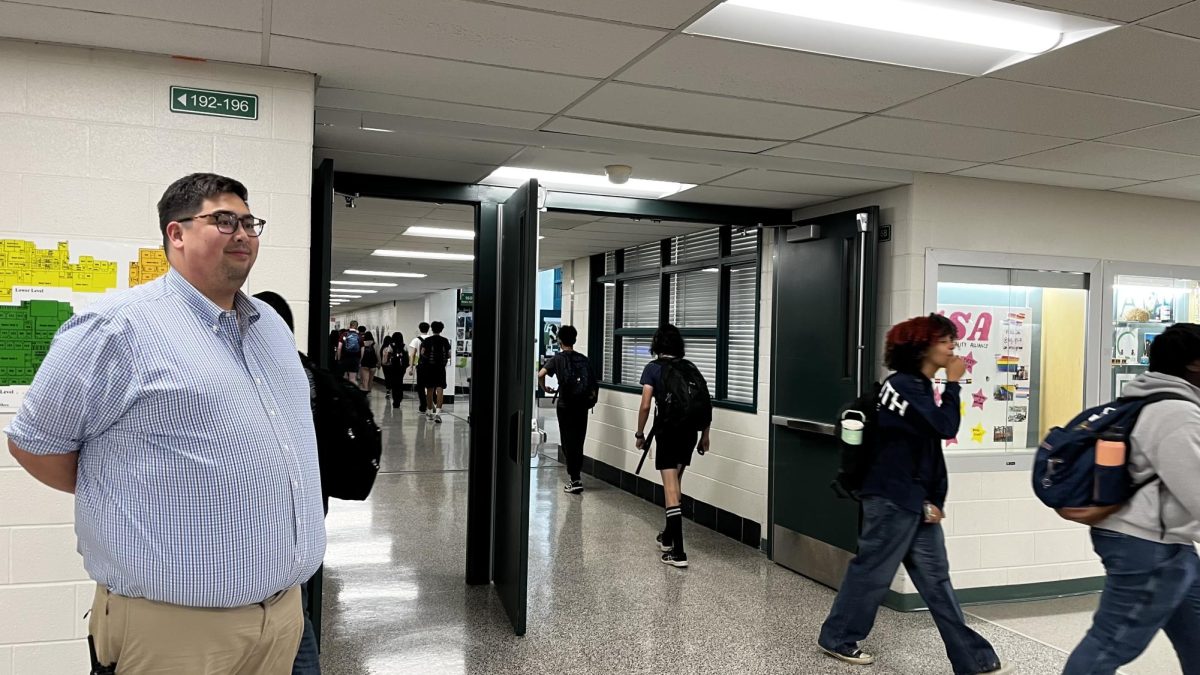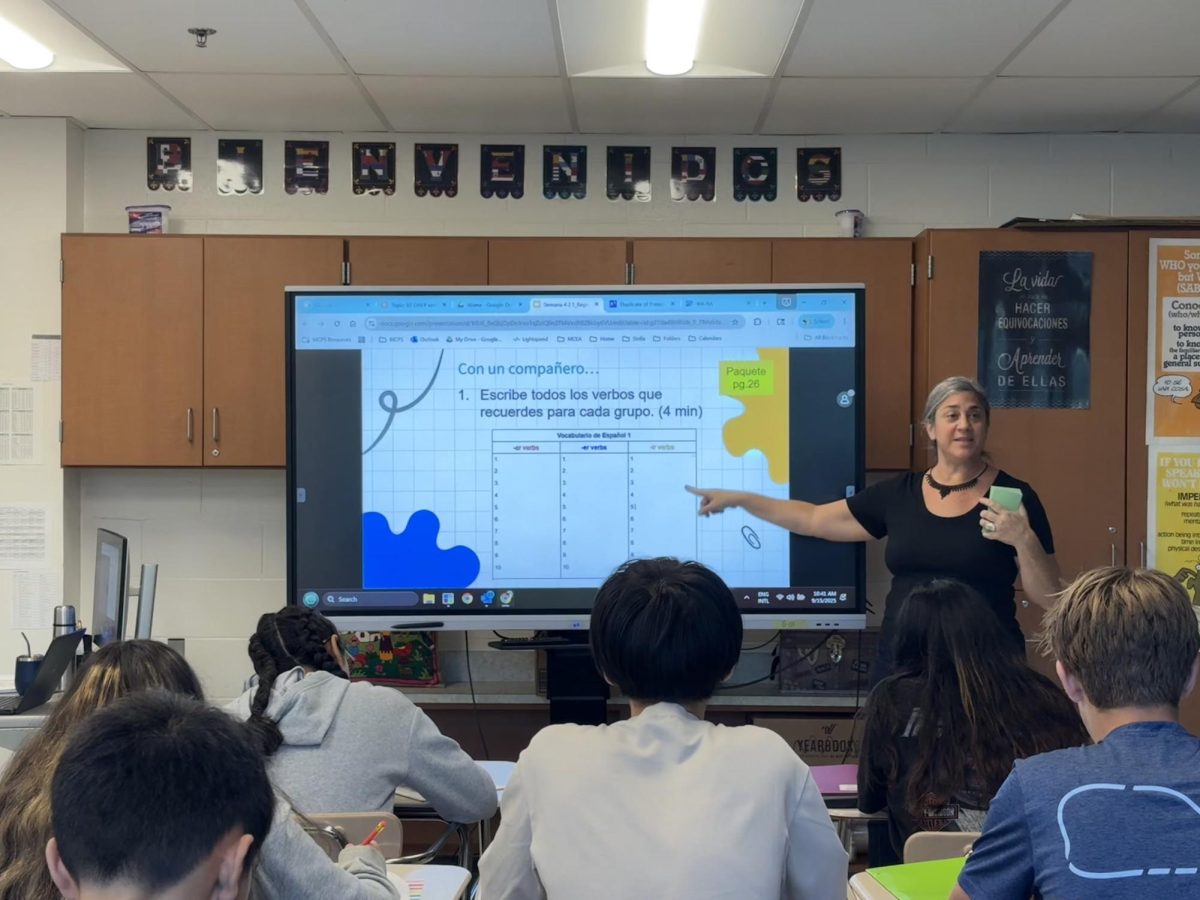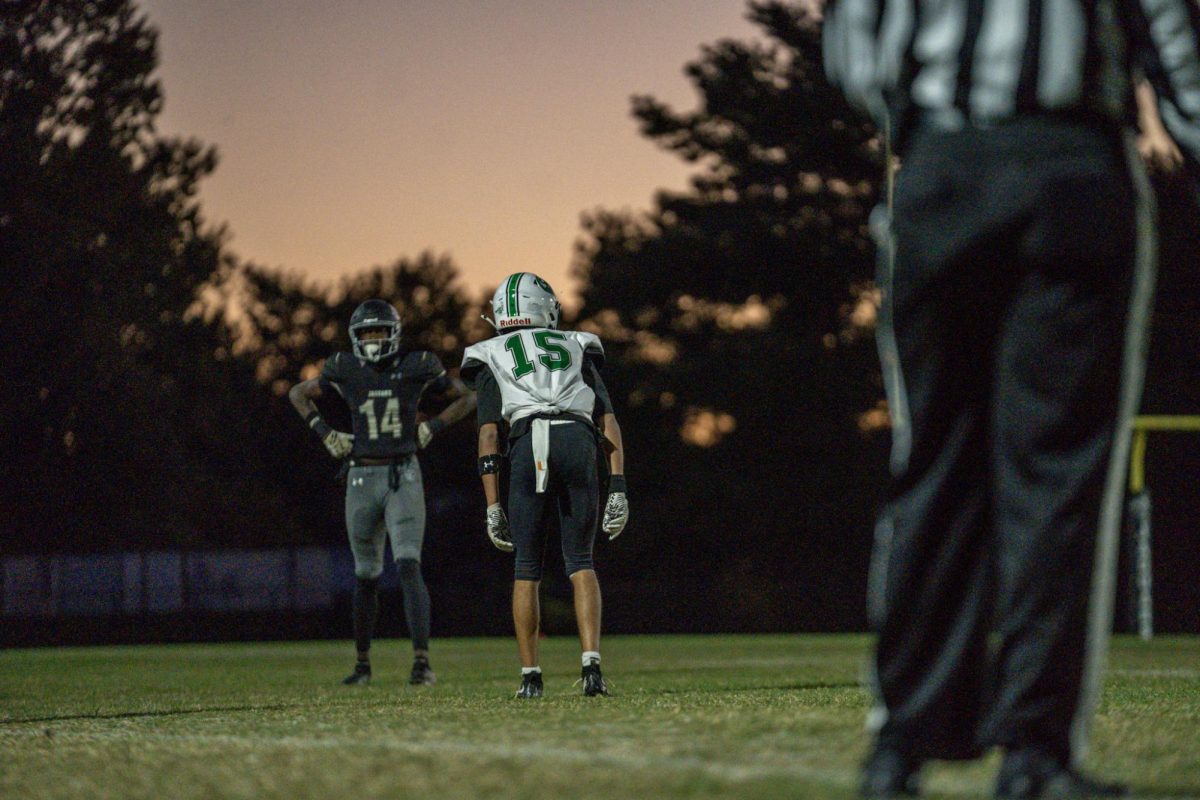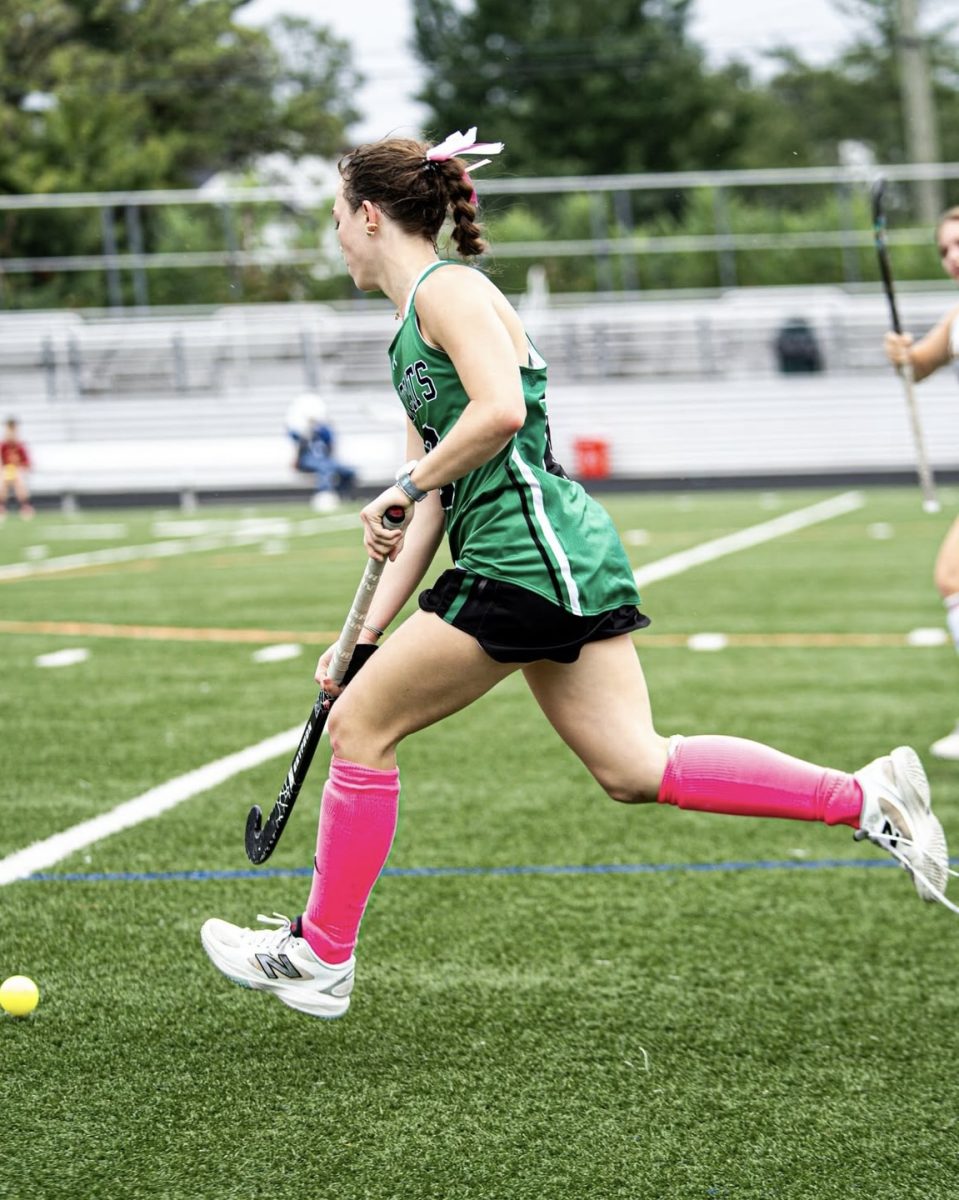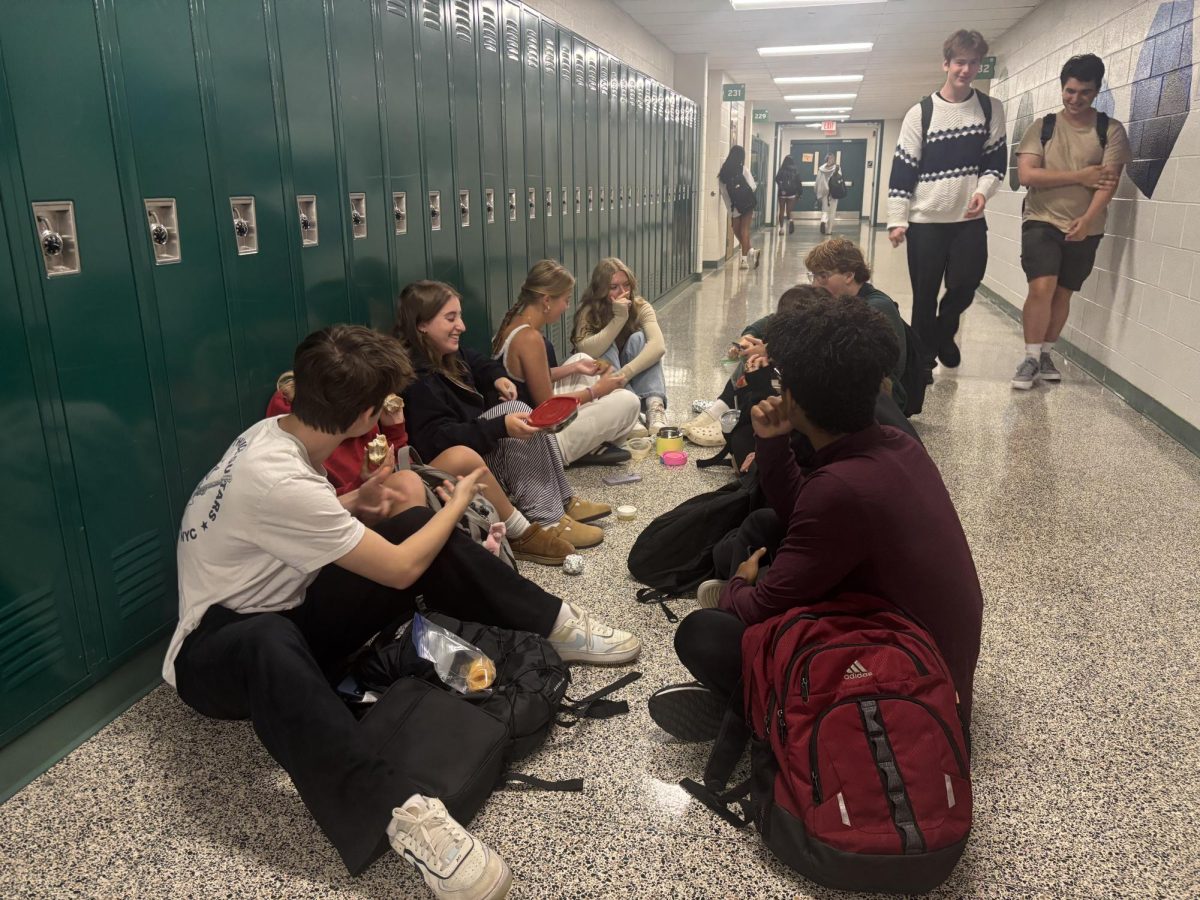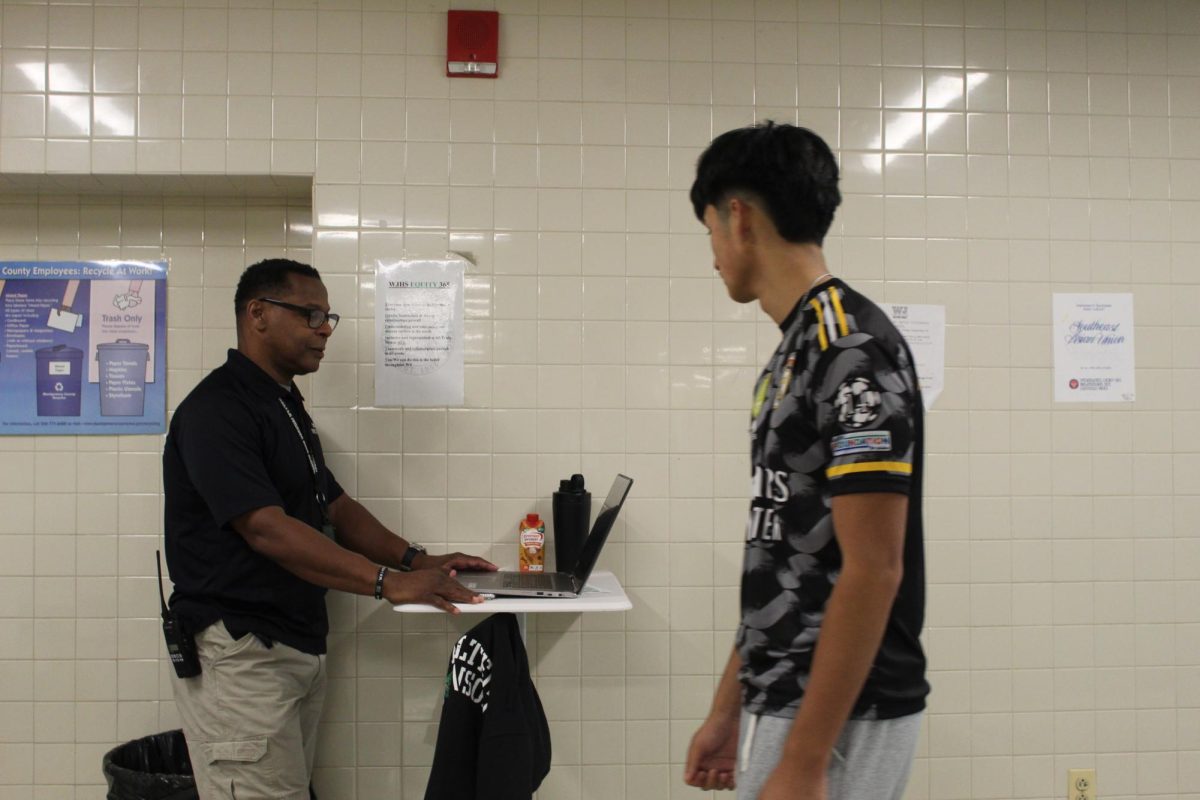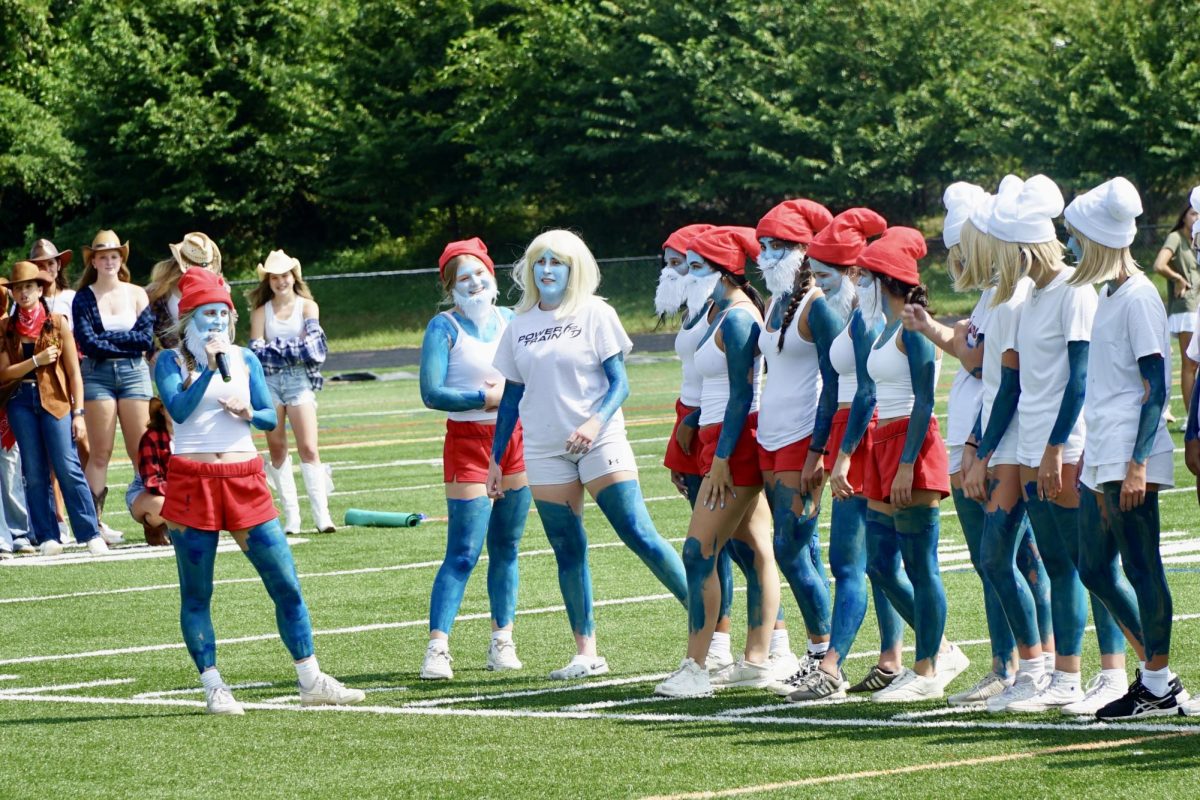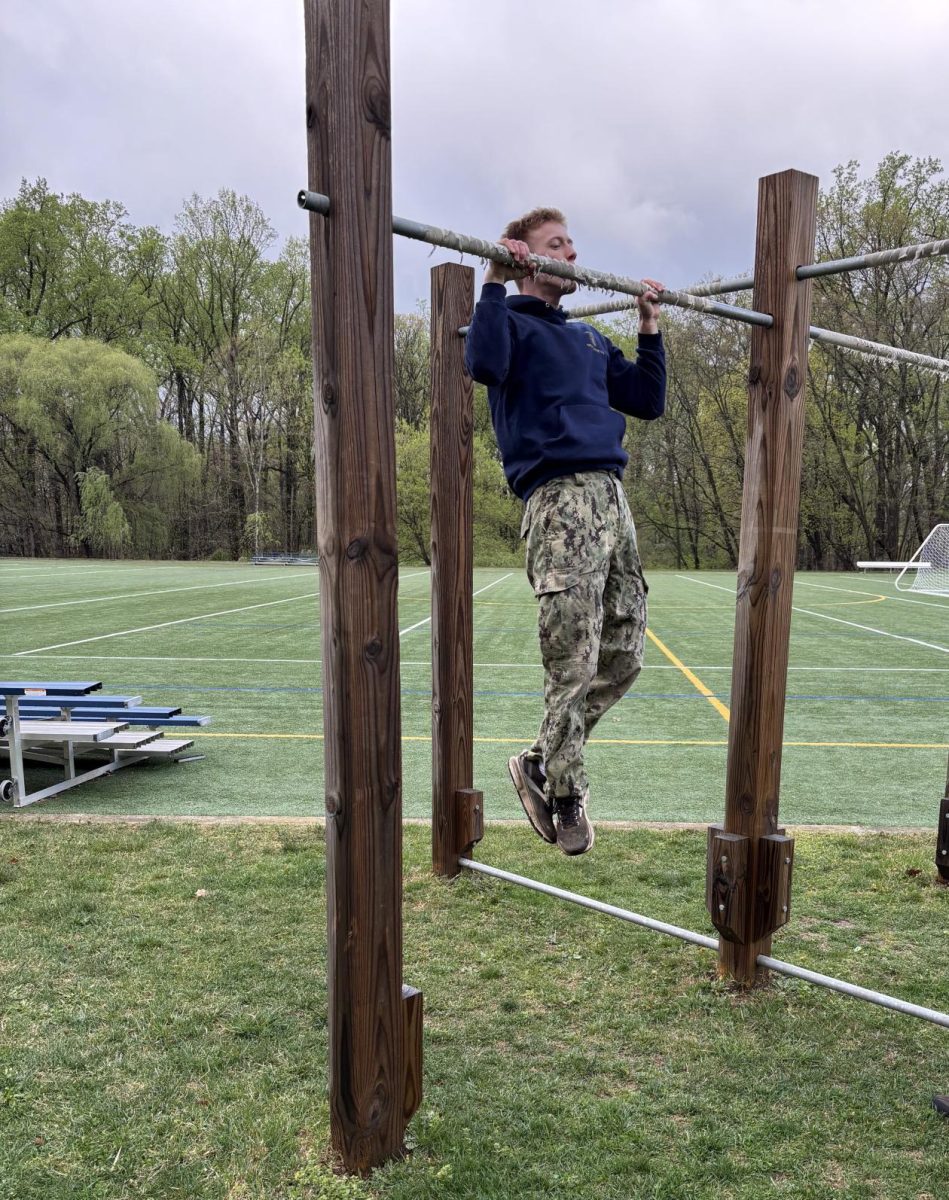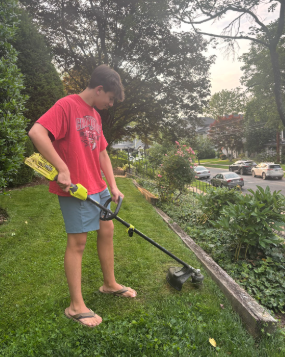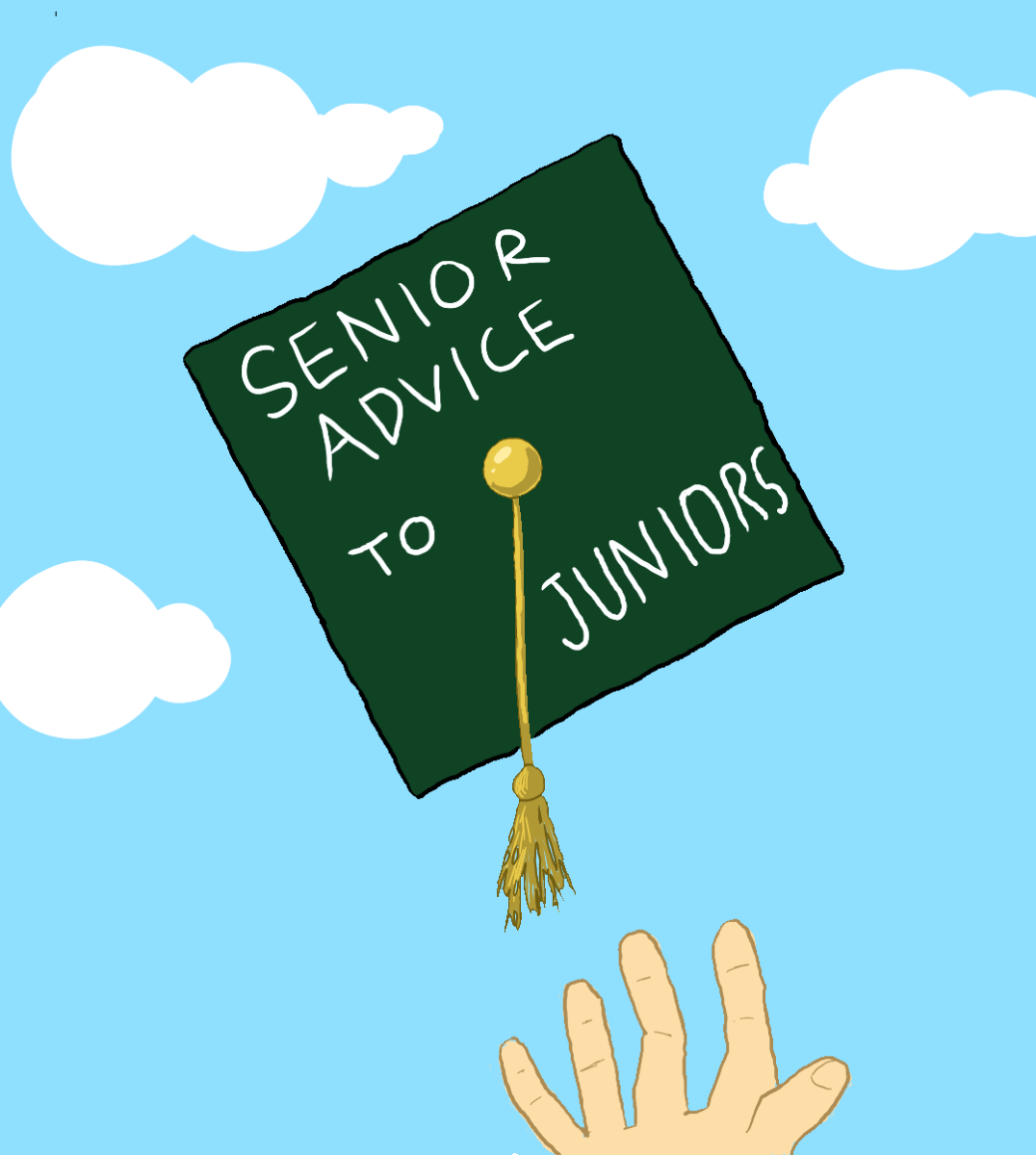It’s a cool September morning on the waters of the Anacostia River. The birds are chirping, the morning dew is forming atop the blades of grass and the WJ Crew team is preparing to begin practice once again for the fall season — despite the pandemic raging across the country.
These practices are socially distanced and are actively regulated by the coaches in order to promote a safe environment, but how is this possible when many other clubs have canceled their meetings to avoid in person contact?
For starters, the coaching staff’s regulations are no joke.
Their procedures include checking temperatures, requiring all members to wear masks and surveying all attendees on where they have been in the last couple of days, all of which occur at the start of each practice. Additionally, the practices are almost exclusively outdoors, further lowering the chance for contraction of the virus.
With all of this said, the main regulation that has separated crew from others is that each member of the team has been put into a group, or “cluster,” of four people.
These clusters are meant to keep contact between members of the team at a minimum, as members are not allowed to practice with anyone outside of their assigned group. In each cluster, there are pairs of two people, who are each other’s primary partners. When they can, coaches limit contact to these two people instead of the whole cluster.
“I think that the regulations have been effective because we have only been staying in our clusters and this has prevented contact with many people… we’ve also been outside for almost the whole time at practices which helps immensely,” senior Enzo Molina, a rower on the team, said.
With this said, it is still to be expected that certain things will have to change moving forward with each sport, and this is no different with crew. Currently, rowers are only able to get out on the water with their primary partners in much smaller boats, which is no small change compared to the eight-person boats members of the team are accustomed to during normal practices.
This begs the question: how might these regulations affect the team’s upcoming performances in future seasons?
Head Coach Andrew Lalley feels that these changes will surely present an obstacle to the team, but may actually help the rowers improve.
“The small boats are really good for teaching technique, so I think that we will see a lot of benefits there,” Lalley said.
Another big impact of the Coronavirus has been how it has taken away the team-building aspect of the club. With club members only being able to meet in their clusters of four, it’s difficult to achieve that same level of team bonding that the team had in years prior.
“There’s something truly exhilarating and unique about being in big boats (eight people per boat) and racing each other at practice. I’m sad to see we won’t have that this season,” senior captain Katana Yu said.
Nevertheless, it seems that everyone on the team is just happy to be back on the water.
“My view is that any time we can get on the water, and have something to look forward to, is a blessing,” Lalley said. “We will worry about the racing aspect when the time comes.”







